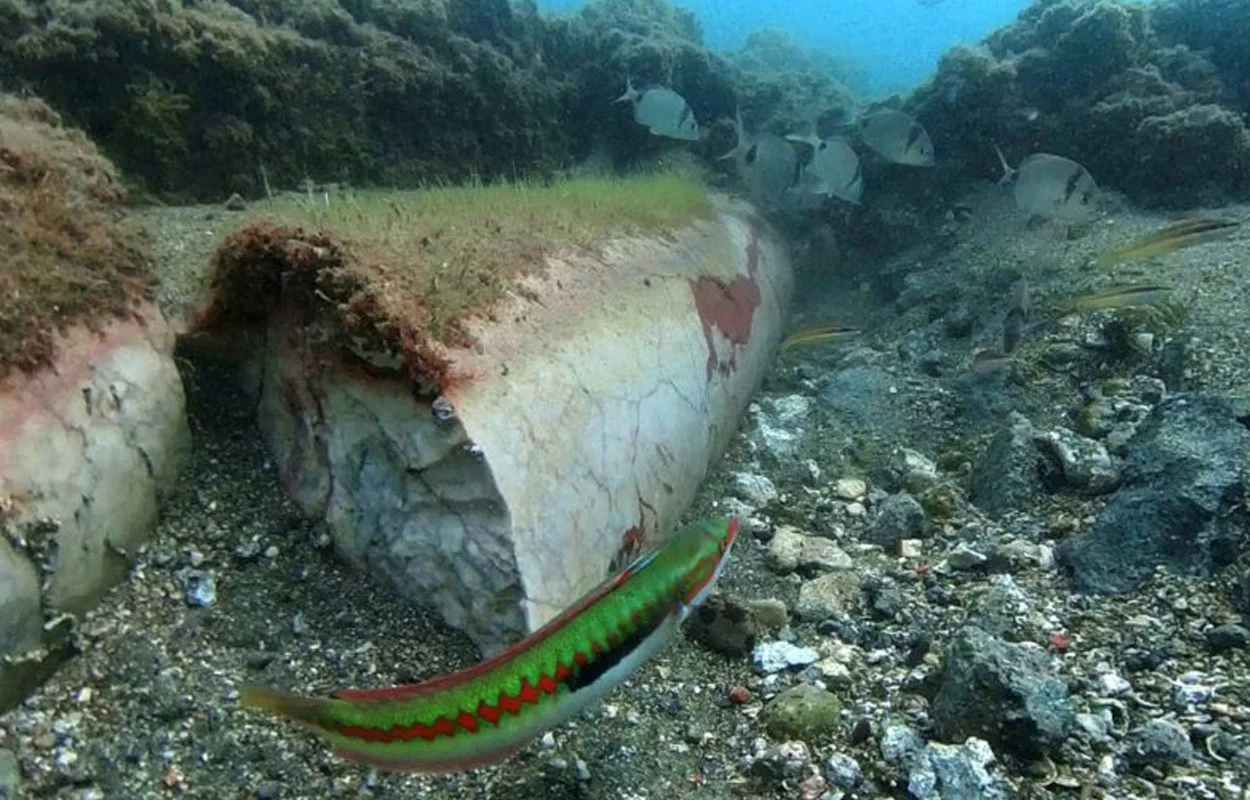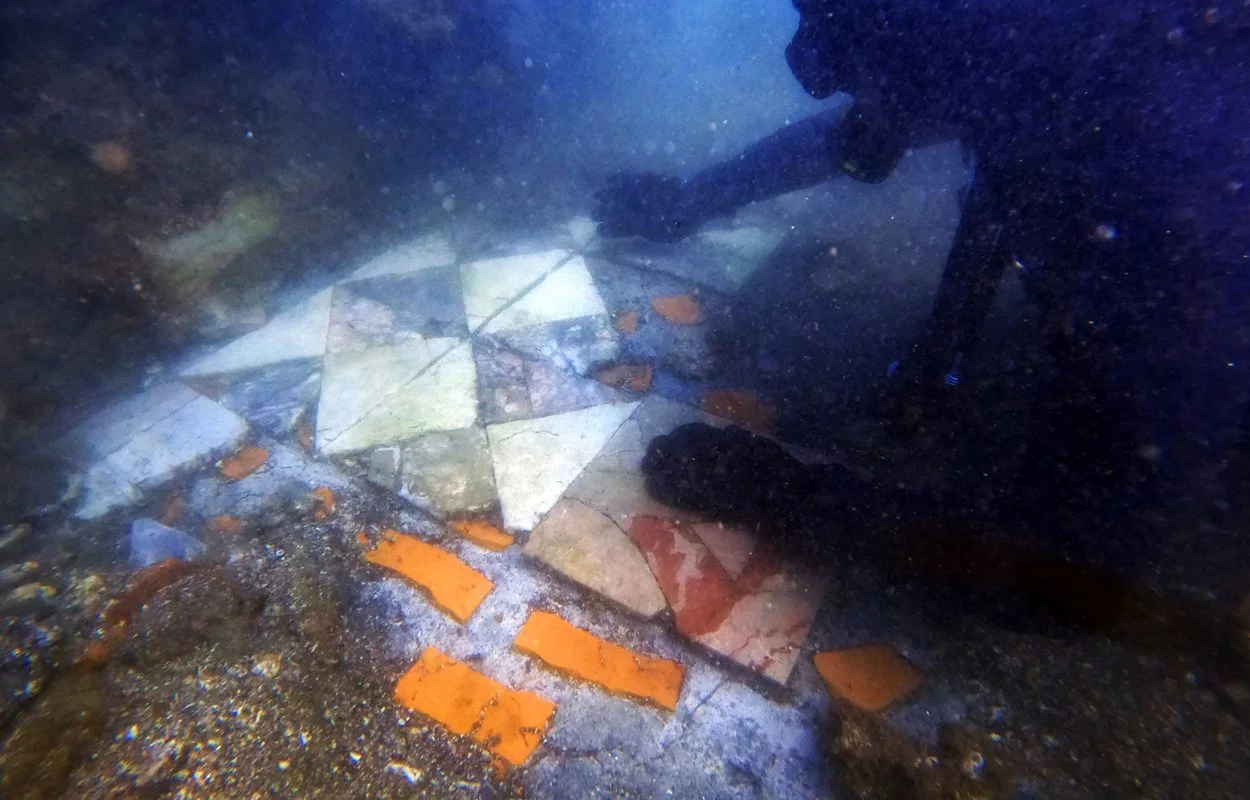Underwater archaeologists have been conducting ongoing research at the sunken Roman town of Baia, revealing new discoveries in the Terme del Lacus area.
Baiae is an archaeological park consisting of a partially sunken town from the Roman period, located on the shore of the Gulf of Naples in the present-day comune of Bacoli in Italy.
Baiae developed into a popular Roman resort which was visited frequently by many notable Roman figures, such as Gnaeus Pompeius Magnus (also known as Pompey the Great), Julius Caesar, Gaius Marius, Lucius Licinius Lucullus, Hadrian, and Septimius Severus.
The town would never attain a municipal status, but instead gained a reputation for a hedonistic lifestyle. This is supported by an account by Sextus Propertius, a poet of the Augustan age during the 1st century BC, who wrote that Baiae was a “vortex of luxury” and a “harbour of vice”.

Due to the position of the town on the Cumaean Peninsula in the Phlegraean Fields, an active and volatile volcanic region (which the Romans believed was the home of the Roman god of fire, Vulcan), local volcanic bradyseismic activity raised and lowered the geology on the peninsula that resulted in the lower parts of the town being submerged.
Underwater archaeologists from the Campi Flegrei Archaeological Park and Naumacos, have been conducting a survey of the Terme del Lacus area, revealing a block of structures covering 60 metres in length. The team also found stone colonnades, marble columns, and a portasanta marble column, which was imported during antiquity from the island of Chios in Greece.
A large piece of marble opus sectile flooring has also been identified, still rendered with portasanta and white marble in a chromatic alternating pattern. This currently appears as the most indicative dating element, being the typology and implementation referable to the Late Antiquity age.
Previous surveys of the area in 2013 uncovered an ornate statue representing Apollo, the Greek/Roman god of archery, music and dance, truth and prophecy, healing and diseases, the Sun and light, poetry, and more.
Header Image Credit : NAUMACOS





